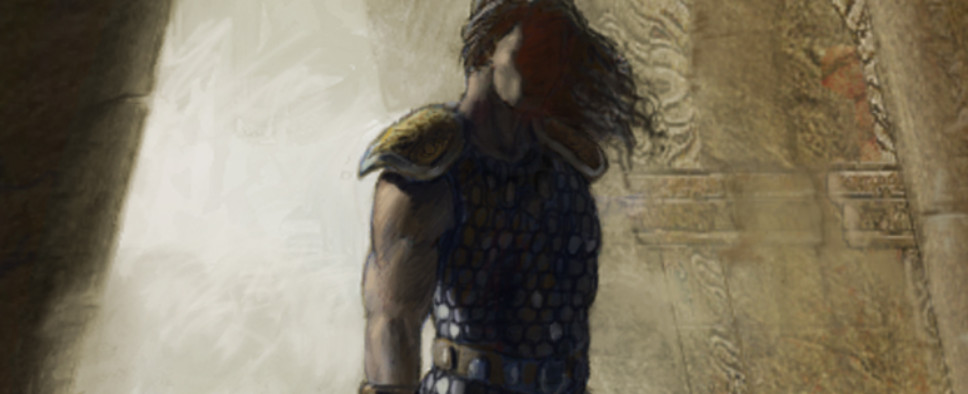Arkane Studios Retrospective
-
Category: News ArchiveHits: 1405

Arkane Studios, the team behind such immersive sims like Arx Fatalis, Dishonored, and Prey, celebrated its 20th birthday earlier this year. Back then, we were treated to a number of articles focusing on the studio’s history and its many projects.
However, if instead you'd like to read a shorter version that condenses Arkane’s journey down to a single article, this PC Gamer retrospective is exactly what you’re looking for. Here’s a couple of sample paragraphs to get you started:
There are some creative people born out of place and out of time. In 1993, Raphael Colantonio should have been one of the MIT graduates and musicians working on the Ultima Underworld games at Looking Glass Studios, infusing early 3D gaming with rudimentary physics and atmospheric sound design. Instead, through some cosmic oversight, he was a teenager in France, bored and playing in a band.
By the time Colantonio had gained enough games industry experience to run his own project, Looking Glass was a dying star; having invented the slow and thoughtful immersive sim, it had succumbed to the cruel commercial realities of a medium more interested in Doom and Diablo. Rather than learn the sensible business lesson, however, Colantonio decided to will his favourite studio back into being, on another continent, in a different millennium.
Assembling developers in Lyon, Colantonio directed a spiritual sequel to Ultima Underworld. After failing to come to an agreement with EA for the licence, his team invented its own realm—with humans, goblins, trolls and ratlings eking out an existence beneath, yep, a dying star.
There's no point in pretending Arx Fatalis is approachable today. Movement was sluggish and awkward, as if you really had woken up after a night on the cold, stone floor of a goblin prison cell. It ignored a decade of UI development, forcing players to interact with its dense first-person world via a semi-point-and-click system, like Deus Ex and Thief had never happened.

